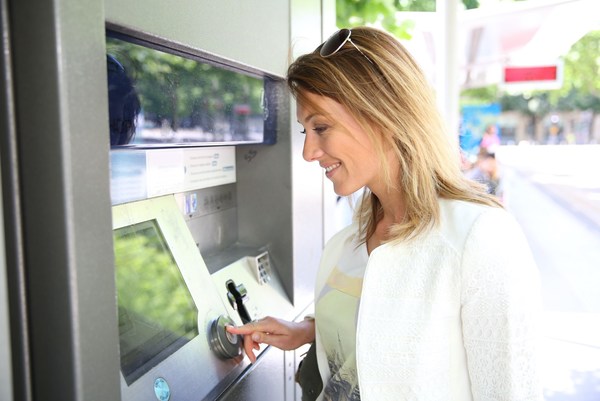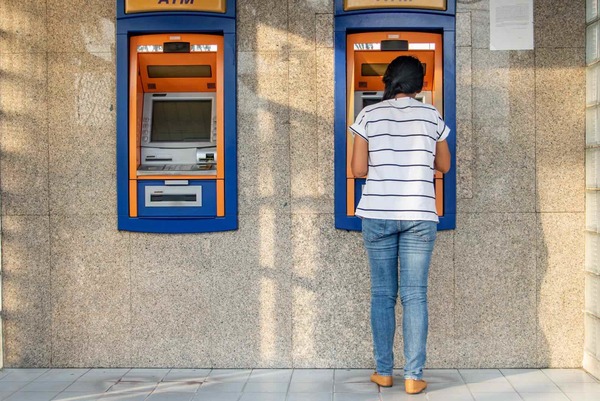New apps and services have made it easier for some people to explore investing, even if they don’t have large amounts of money available to start.
For many, investing can seem complicated, time-consuming, or limited to those with significant savings. Micro-investing aims to lower the barrier by allowing users to invest small amounts of money on a regular basis—amounts that might otherwise go uninvested. This approach can make investing feel more accessible, though outcomes depend on usage, market conditions, and individual circumstances.
The Pros of Micro-Investing
Simplicity
Micro-investing apps like Stash, Acorns, and WealthSimple are designed to simplify the investing process. Many platforms allow automatic contributions, which can make it easier to invest consistently. For example, Acorns rounds up everyday purchases to the nearest dollar and invests the difference. If you spend $4.75 on coffee, the extra $0.25 may be invested into selected portfolios, depending on your settings.
Features, minimums, and investment options vary by platform and account type.
Low Monthly Fees
Some micro-investing platforms, including Acorns and Stash, charge a flat monthly fee—often around $1 per month for smaller account balances, such as those under $5,000. For some users, this pricing structure can make getting started feel more manageable, though fees still reduce overall returns.
Encourages Consistent Investing
Micro-investing tools are designed to support consistent contributions. Automated features can help users save and invest regularly with less manual effort. This may be helpful for people who find it difficult to prioritize long-term goals, such as retirement or education savings, over short-term spending. Results, however, depend on contribution amounts, time horizon, and market performance.
The Cons
While micro-investing offers potential benefits, there are also limitations to consider.
May Not Be Enough for Long-Term Goals
Small, incremental investments can add up over time, but they may not be sufficient on their own to meet larger financial goals. For example, if you round up about $0.35 per transaction and make 50 transactions per month, that would result in roughly $17.50 invested monthly, or about $16.50 after a $1 fee.
Even assuming steady contributions over many years, actual returns depend on market performance, fees, and investment choices. Historical averages, such as a 7% annual return, are not guaranteed. While long-term investing can build value, small contributions alone may fall short of funding goals like retirement.
Fees Can Be Higher Than They Appear
Flat monthly fees can represent a higher percentage cost for small balances. As account balances grow, some micro-investing platforms shift to percentage-based fees—often around 0.25% to 0.50% annually—which may be higher than fees charged by some large investment firms.
Institutions like Vanguard, Fidelity, and Charles Schwab offer funds with expense ratios that may be lower, sometimes in the range of 0% to 0.10%, depending on the fund. For investors with larger balances or long-term strategies, lower fees can make a difference over time.
Overall, micro-investing apps can be a useful way to start investing and build the habit of regular contributions. As balances grow and goals change, some investors choose to explore additional options or platforms that may better align with their long-term needs.






